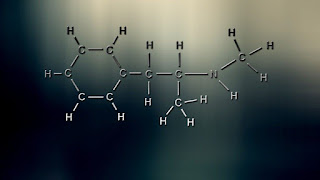What is Gibberellin in Biology? History and Function - A researcher from the University of Tokyo, Japan, named E. Kurosawa. Researching rice plants infected by the fungus Gibberella fujikuroi (Fusarium fungus). The rice plant experienced growth longer than it should. In 1935-1938 the fungus was extracted, isolated, and crystallized. Then in 1954, experts from the United States and Britain only learned that in the crystal there is a chemical compound that called gibberellins.
Function of Gibberellins Hormone
 |
| Definition of Gibberellins |
Gibberellins are found in the tips of the leaves, buds, seeds and root tips. The following are some functions of gibberellins hormone:
- Stimulate pollen maturation and pollen stalk growth.
- Stopping dormancy in seeds.
- Stimulate the growth of stems, leaves, and roots by stimulating cell division and elongation.
- In certain plants, stimulate the development of flowers and fruit.
- Stimulate budding.
- Speed up the germination of seeds.
There is also the main function of the hormone Gibberelin, which starts seed germination, bud development, stem elongation, leaf growth, stimulates stem development, stimulates fruit and flower development, influences root growth and differentiation.
Okay guys. That's our article today which talking about What is Gibberellin in Biology? History and Function. Thank you for reading, i hope this article can be useful for all of you ^^





Thank you
ReplyDeleteHi Nes, thank for you visiting on this blog. Please enjoy the other interesting article ^^
ReplyDelete